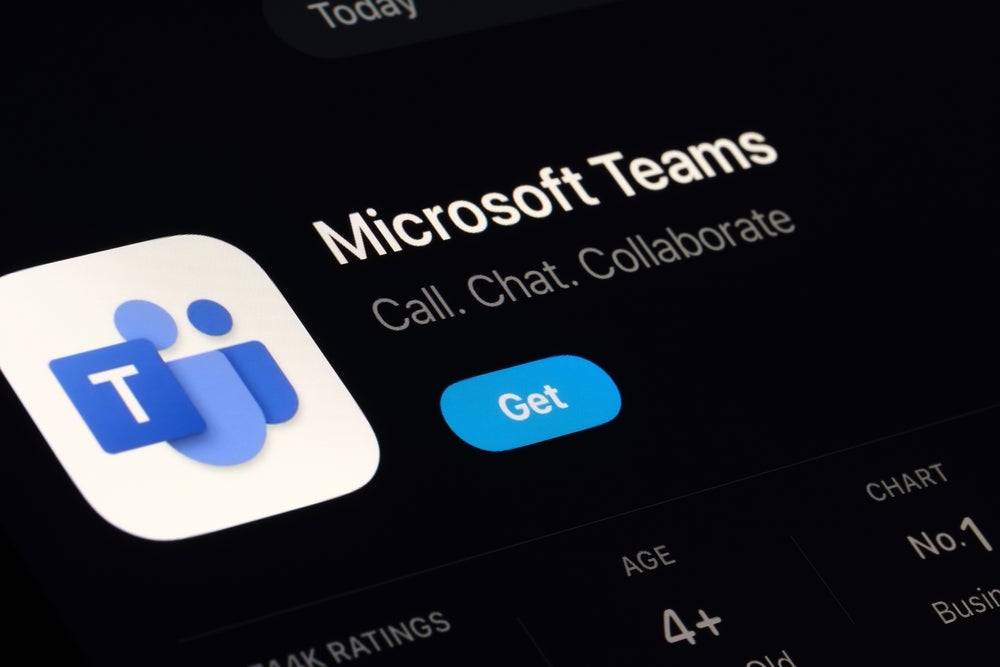Cambium Networks has been granted a patent for a wireless transceiver with an offset Gregorian antenna arrangement. The transceiver includes a primary reflector dish, a secondary reflector with a conductive support wall, a planar array of antenna elements, and a conductive support block. The conductive support wall is directly connected to the support block and is positioned perpendicular to the antenna elements within a quarter of their width or length. GlobalData’s report on Cambium Networks gives a 360-degree view of the company including its patenting strategy. Buy the report here.

Access deeper industry intelligence
Experience unmatched clarity with a single platform that combines unique data, AI, and human expertise.
According to GlobalData’s company profile on Cambium Networks, Satellite communication systems was a key innovation area identified from patents. Cambium Networks's grant share as of September 2023 was 62%. Grant share is based on the ratio of number of grants to total number of patents.
Wireless transceiver with offset gregorian antenna arrangement
A recently granted patent (Publication Number: US11715885B2) describes a wireless transceiver for a wireless communication network. The transceiver features an offset Gregorian antenna arrangement, which includes a primary reflector dish, an electrically conductive reflector member, a planar array of antenna elements, and a conductive support block.
The electrically conductive reflector member is metallic and formed as one piece, and it includes a secondary reflector and a conductive support wall. The conductive support wall is connected directly to the conductive support block and is situated within a quarter or less of the width or length of the planar array of antenna elements. This configuration allows for efficient transmission and reception of radio frequency signals.
The transceiver also includes a non-conductive enclosure that encloses the electrically conductive reflector member, the planar array of antenna elements, and the conductive support block. However, the primary reflector dish is not enclosed. The non-conductive enclosure has a thin-walled section that is less than half a wavelength in thickness at the operating frequency of the offset Gregorian antenna arrangement. The focus of the offset Gregorian antenna arrangement is located between the thin-walled section of the enclosure and the electrically conductive reflector member, with the focus being closer to the thin-walled section.
The wireless transceiver is suitable for operation at a frequency of 60 GHz. The conductive support block is formed as the first end of a feed support member, which is directly connected to a support body that supports the primary dish. The support body includes an aperture that allows for visual alignment of the offset Gregorian antenna arrangement with a radio station of the wireless communication network.
Overall, this patented wireless transceiver design offers an efficient and effective solution for wireless communication networks. The offset Gregorian antenna arrangement, along with the specific configuration of the electrically conductive reflector member and the non-conductive enclosure, allows for improved signal transmission and reception. The transceiver's suitability for operation at a frequency of 60 GHz makes it well-suited for high-speed wireless communication applications.
To know more about GlobalData’s detailed insights on Cambium Networks, buy the report here.
Data Insights
From

The gold standard of business intelligence.
Blending expert knowledge with cutting-edge technology, GlobalData’s unrivalled proprietary data will enable you to decode what’s happening in your market. You can make better informed decisions and gain a future-proof advantage over your competitors.







